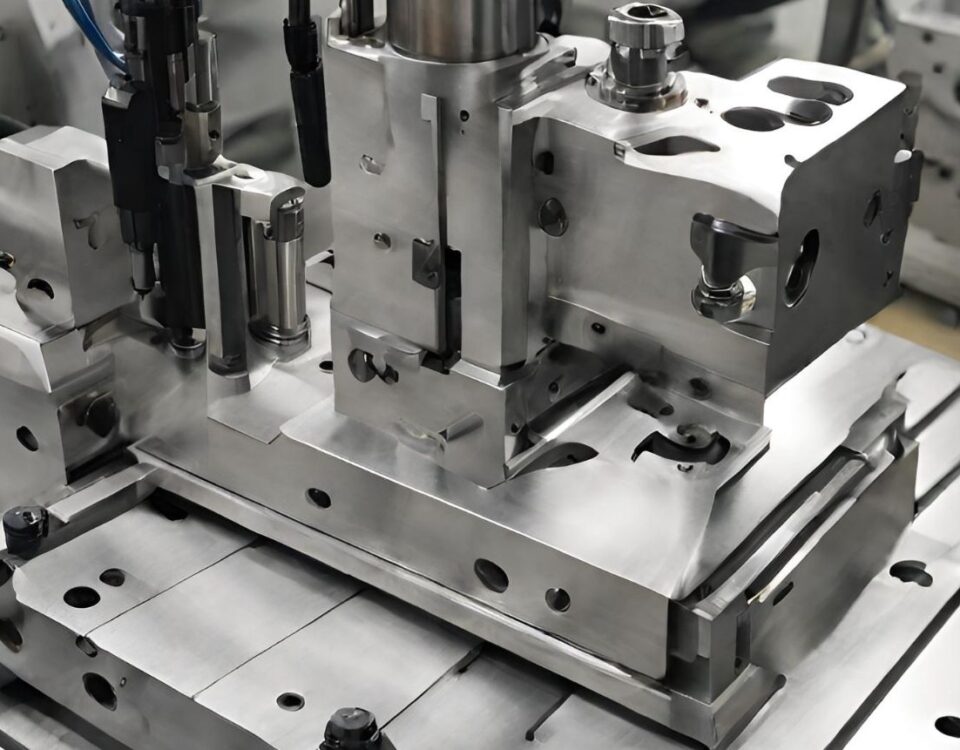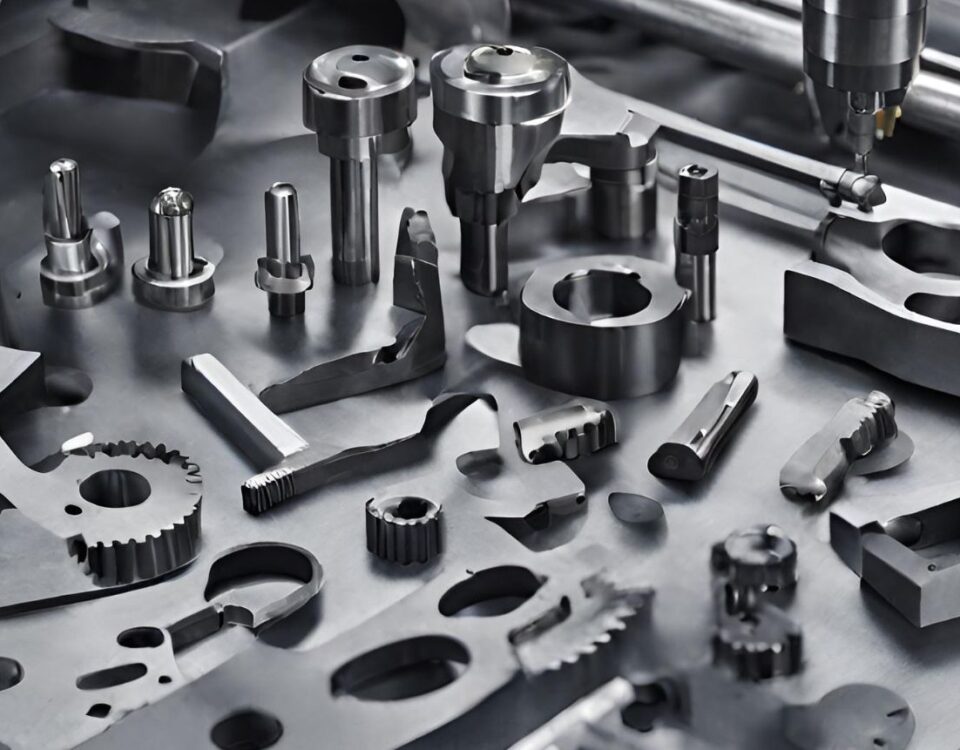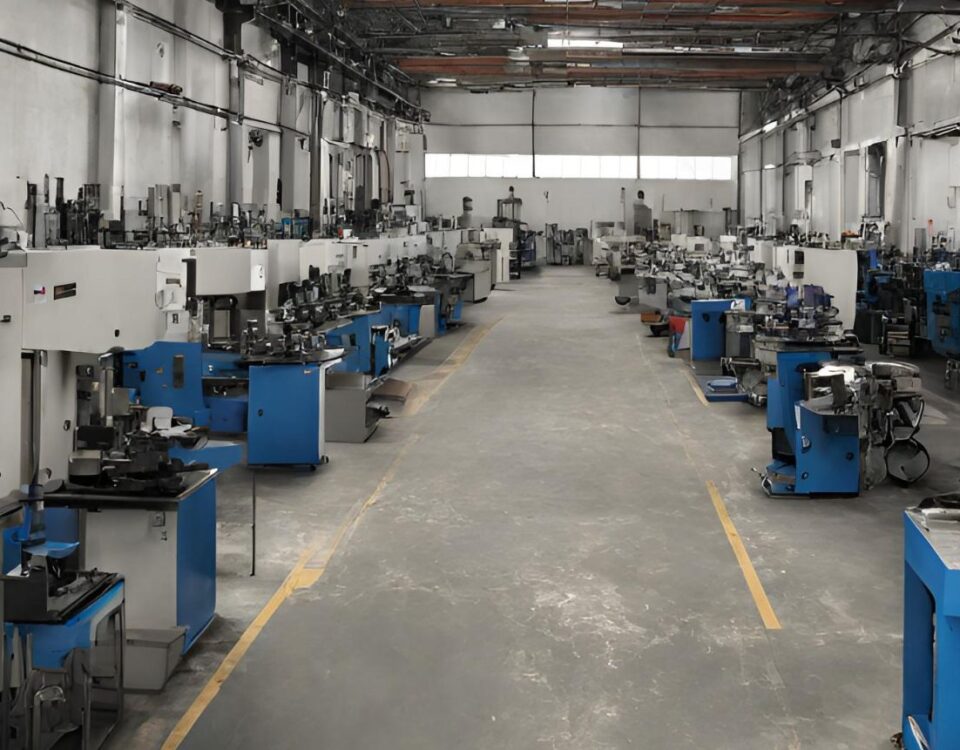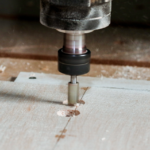
The Definition and Operation of a CNC Router
18 December 2023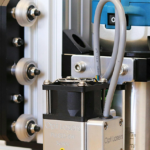
What is the difference between an NC and CNC machine?
20 December 2023The technique of transforming metal sheets into a functional part or component is known as sheet metal stamping. The intended shape is formed by the stamping tool, also called a die, once the metal is fed into a press. With immense force, the die is forced into or through the metal. Tons are used to measure the force applied during the process.
Heat is not used in sheet metal stamping, with a few exceptions. Rather, a cold-forming method is employed. The friction that the press's force creates between the metal and the die can cause the part to come out hot even though no heat is used.
Typical Sheet Metal Stamping Procedure
Sheet metal, die, and press machine are the essentially only three parts of sheet metal stamping; however, each part may need more than one step to reach its finished form. Some of the common processes that might happen during metal stamping are explained in the guide below.
- Forming: Forming is the process of using force to change the flat metal into a different shape. It can be done in a few different ways, depending on the part's design requirements. The metal can be transformed from a fairly simple shape into a complex one through a sequence of operations.
- Blanking: The simplest method is called blanking, and it starts with feeding the sheet, or blank, into the press so that the die can cut the desired shape out of it. We refer to the finished product as a blank. The blank could be the desired part—also referred to as a fully finished blank—or it could go on to the next phase, which is forming.
- Drawing: This process, which is more difficult, is how deep depressions or vessels are created. The material is carefully drawn into a cavity using tension to change its shape. Even though the material may stretch while being drawn, technicians make every effort to minimize stretching in order to preserve the material. Drawings are typically used in the construction of oil pans for cars, sinks, and cooking appliances.
- Piercing: Piercing is nearly the reverse of blanking; however, technicians utilize the material surrounding the punched area rather than preserving the blanks. Consider slicing biscuits from a rolled-out circle of dough as an illustration. The biscuits are saved during blanking; however, during piercing, the biscuits are thrown out and the desired result is the remains filled with holes.
Materials
While almost any metal, including gold, can be stamped, sheet metal is the most widely used type. The kind of metal that is used depends on the kind of part that is required and the qualities that are wanted, like resistance to heat and corrosion.
The following materials can be used to create parts through sheet metal stamping:
- Stainless steel
- Steel with and without carbon
- Aluminium
- Titanium
- Alloys of brass,
- Bronze
- Copper
- Inconel
- Nickel
Uses for Stamping Sheet Metal
During the stamping process, highly specialized computer-aided drafting and manufacturing programs are used to transform sheet metal into complex parts. Quickly and effectively, sheet metal stamping creates strong, durable, and high-quality components. Because of how accurate the results are, they are usually more dependable and consistent than those of manual machining.
The following industries use components that are created via sheet metal stamping:
- Automotive
- Renewable energy
- Medical
- Industrial
- Hardware
- Home Improvement
Conclusion
The conclusion of the stamping process for sheet metal involves the creation of precise and complex shapes through the use of stamping dies and presses. This method is efficient for high-volume production, offering cost-effective and rapid manufacturing. Stamping provides excellent dimensional accuracy and repeatability, making it suitable for various industries, including automotive, aerospace, and electronics. It's crucial to ensure proper tool and die design, material selection, and press setup to achieve optimal results. Additionally, quality control measures are essential to guarantee the integrity of the stamped parts.


